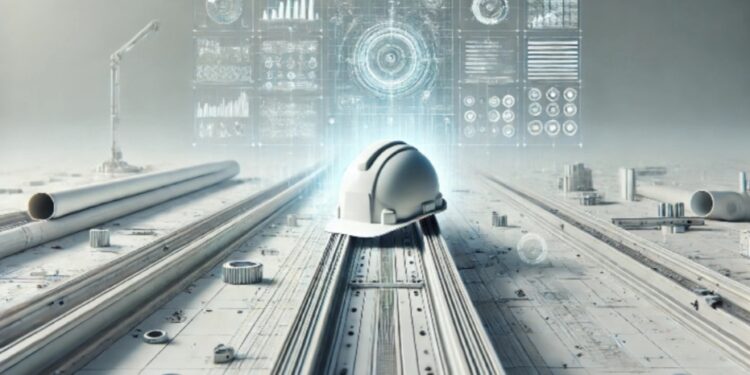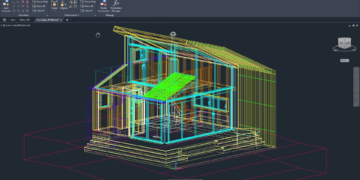The construction industry is undergoing a green transformation driven by technology. Faced with climate challenges, resource scarcity, and regulatory pressure, builders are embracing tools and techniques that prioritise sustainability without sacrificing performance. This evolution is not a fleeting trend—it’s a complete reimagining of how we design, construct, and maintain buildings.
From data-driven platforms to material innovation, green tech is influencing every stage of the construction process. The result? Smarter workflows, reduced emissions, and future-proofed infrastructure.
What Defines Green Construction Technology?
Energy Efficiency
Technologies that reduce energy consumption during construction and throughout a building’s lifecycle—from high-efficiency HVAC systems to AI-controlled lighting.
Low-Impact Materials
Sustainable alternatives like recycled steel, bamboo, bio-based insulation, and low-carbon cement are helping reduce the environmental cost of materials.
Smart Monitoring
Sensors embedded in building elements track everything from structural load to indoor air quality, supporting performance optimisation and early fault detection.
Innovations Making an Impact
Modular Construction
Modular buildings are pre-fabricated offsite, reducing waste, transport emissions, and build time. They are particularly suited to urban environments where space and time are at a premium.
Digital Twin Technology
Digital twins are virtual replicas of physical buildings, updated in real time with sensor data. They help facility managers test energy scenarios, monitor structural performance, and optimise maintenance.
AI and Machine Learning
AI is being used to predict material performance, adjust schedules based on weather, and automate design processes for energy efficiency.
Sustainability in the Supply Chain
Material Tracking
Blockchain and RFID technologies are being used to verify the provenance of sustainable materials. This transparency is essential for meeting certification requirements and ESG reporting.
Reducing Transport Emissions
Smart logistics tools optimise delivery routes and minimise the carbon footprint of material transport. Onsite automation further reduces dependency on fossil fuel-based machinery.
Green Concrete in Focus
A Major Opportunity
Concrete remains essential in construction, yet it contributes significantly to global CO₂ emissions. New sensor-integrated platforms now enable real-time monitoring of concrete curing, allowing engineers to fine-tune mix designs and reduce cement content without compromising strength.
Case Example
A commercial project in Leeds utilised smart concrete sensors to reduce carbon emissions by 18%, while finishing two weeks ahead of schedule. The use of material intelligence allowed the team to reduce waste and justify greener procurement decisions.
Looking Ahead
Regulatory Alignment
Governments are linking incentives and penalties to green performance. Compliance with evolving energy and carbon standards will become mandatory—not optional.
Investment and Innovation
Green construction tech is attracting significant investment. Startups are developing AI tools, recycled materials, and modular systems, while larger firms are acquiring these innovations to accelerate adoption.
Green technology is no longer a secondary consideration in construction. It’s at the forefront of design, execution, and asset management—enabling the industry to meet the dual challenge of growth and sustainability.













